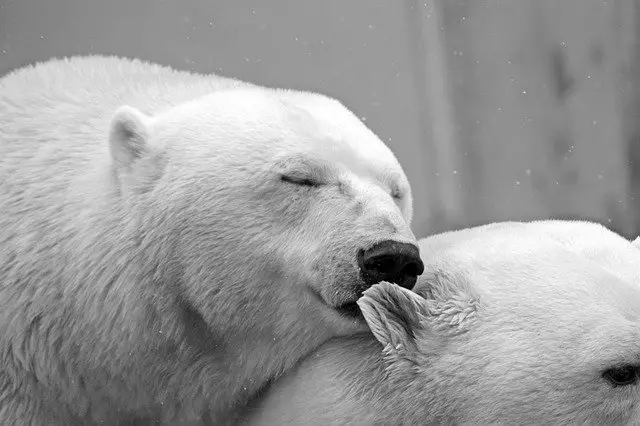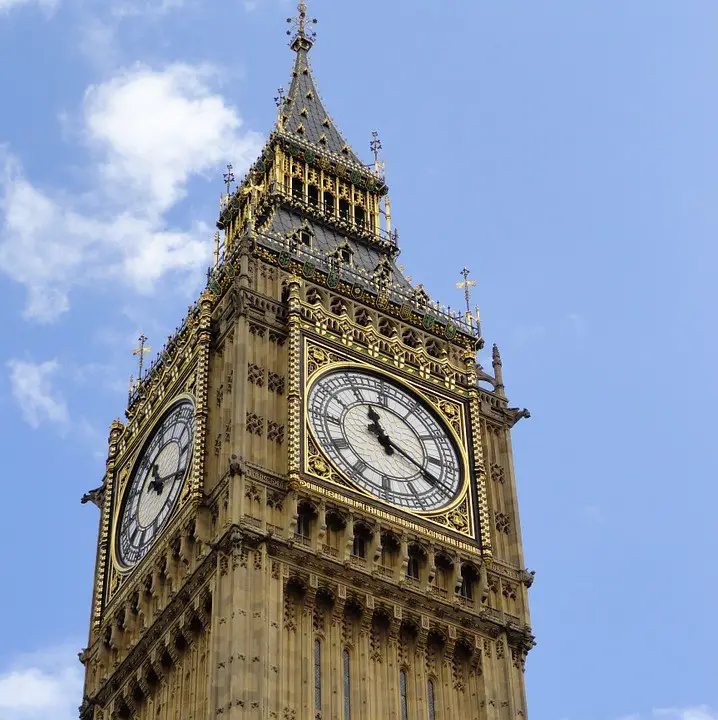The grizzly bear, scientifically named Ursus arctos horribilis, is a subspecies of the brown bear. It is also known as the North American brown bear or simply the grizzly. These bears are typically characterized by their brown fur, which can appear to have white tips or be ‘grizzled’, giving them their distinctive name.
Grizzly bears are found in North America, and historically, they occupied a vast range of territories. Their range extended throughout much of the western half of the contiguous United States, central Mexico, western Canada, and most of Alaska. This extensive distribution signifies their adaptability to various environments across the continent. In a broader context, the species Ursus arctos to which the grizzly bear belongs, spans across North America, Europe, and Asia. It’s important to note that in North America, the term ‘grizzly bear’ is often used to refer to the smaller, lighter-colored bears found in interior areas, while ‘brown bear’ typically refers to the larger, darker-colored bears in coastal areas.
Are Grizzly Bears Endangered
Current Conservation Status
As of 2023, grizzly bears in the lower 48 states of the United States are classified as “threatened” under the Endangered Species Act (ESA). This classification indicates that they are at risk of becoming endangered. The U.S. Fish and Wildlife Service (FWS) has been reviewing petitions to remove the grizzly bear from the list of endangered and threatened wildlife in certain ecosystems, suggesting that some populations may have recovered enough to reconsider their status. The FWS is conducting a 12-month status review of the health and viability of grizzly bear populations in the Greater Yellowstone Ecosystem (GYE) and the Northern Continental Divide Ecosystem (NCDE).
Historical Population Trends
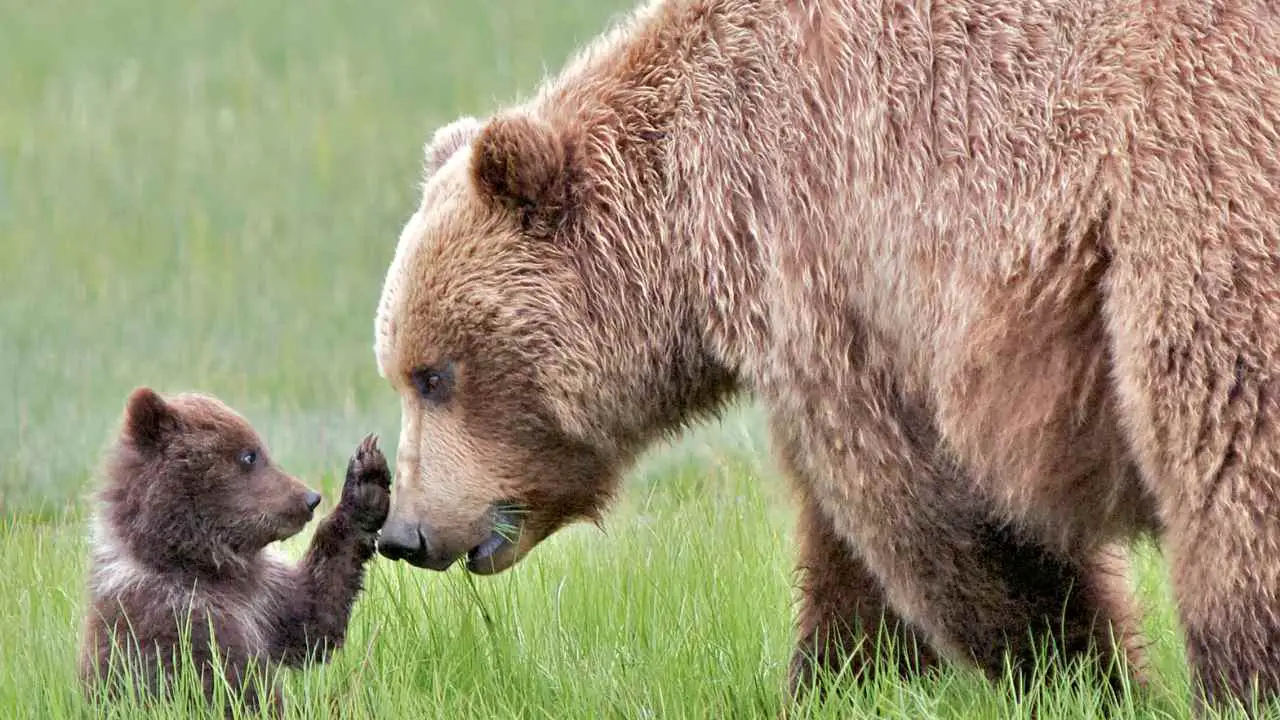
Historically, grizzly bears were abundant in North America. Prior to 1800, an estimated 50,000 grizzly bears roamed in a large contiguous area throughout 18 western states in the U.S., extending from the West Coast to the Great Plains, and from northern Alaska to central Mexico. However, with the arrival of European settlers, grizzly bears faced dramatic declines due to being perceived as a threat to livestock and human safety. By the 1930s, their range in the 48 contiguous states had diminished to about 2% of their former extent, and their population had correspondingly decreased.
-
- Current Population Trends: The grizzly bear population has shown signs of recovery in recent years. By 1975, when the ESA was implemented, their numbers in the lower 48 states had dwindled to fewer than 1,000. This prompted significant conservation efforts. As of the latest data, there are at least 1,923 grizzly bears in the lower 48 states, distributed across various ecosystems like the GYE, NCDE, Cabinet-Yaak Ecosystem (CYE), and the Selkirk Ecosystem (SE). Notably, the populations in the GYE and NCDE have shown significant recovery. In the GYE, the number of bears rose from an estimated 220 to 320 in 1975 to over 600 by 2005, and in the NCDE, the population exceeded 800 bears.
- Efforts and Challenges in Delisting: There have been efforts to delist grizzly bears from the ESA in certain areas due to their recovery, particularly in the GYE. However, these efforts have faced legal challenges and reversals. For instance, Yellowstone grizzlies were delisted in 2017, but they were returned to the endangered species list in 2018, reflecting the complex and ongoing debate over their conservation status and management.
Why Are Grizzly Bears Endangered
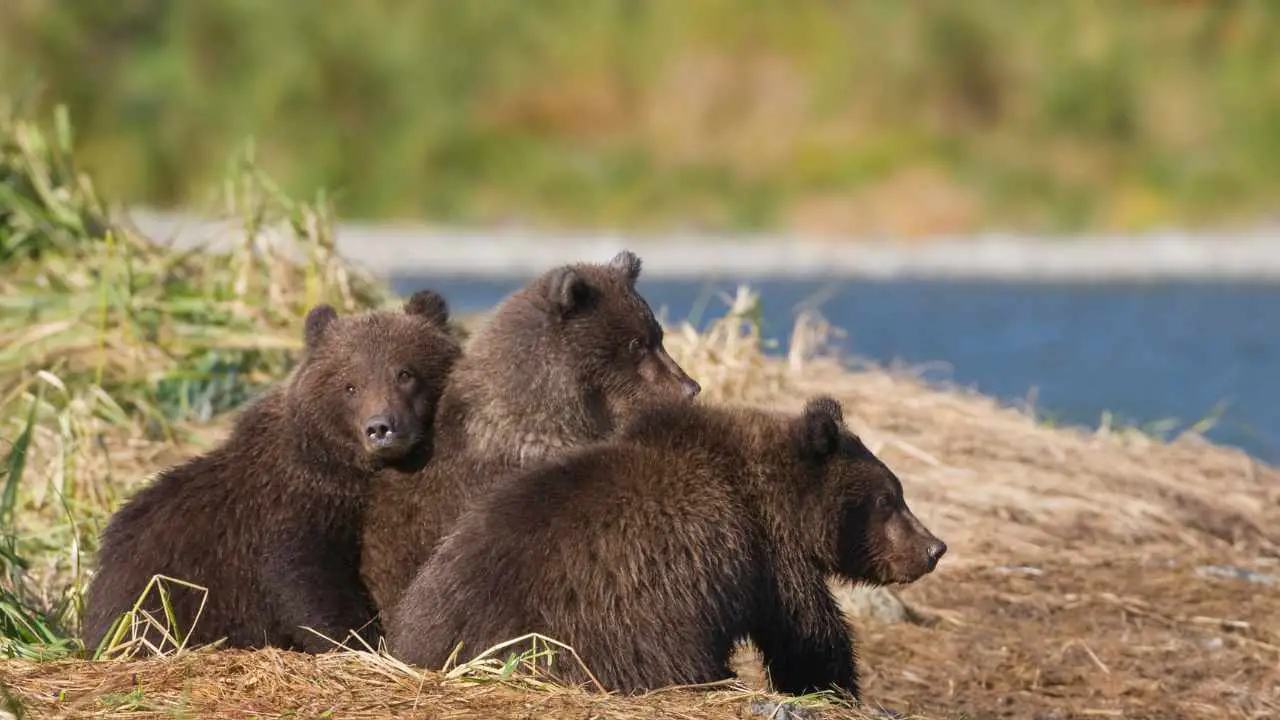
-
- Habitat Loss: The decline of grizzly bears in the western United States is closely tied to habitat loss. As towns, railroads, dams, and highways developed throughout the 19th and 20th centuries, grizzly bear habitat became fragmented. Bears retreated to unpopulated mountain areas, losing up to 98-99% of their historic range. This loss has led to dramatically reduced populations, with some ecosystems like the Cabinet-Yaak and Idaho’s Selkirk Ecosystem currently harboring around 50 bears each. These isolated populations face the risk of genetic isolation and potential extinction if connectivity to other ecosystems is not improved.
- Human-Wildlife Conflict: As grizzly bear populations recover and expand into new areas, conflicts with humans increase. In areas like Montana’s Mission Valley and the Salish Mountains, grizzly bears have been encroaching into more developed lands, leading to conflicts over resources like cornfields and livestock. These conflicts often result in bear deaths. For example, in 2017, Montana Fish, Wildlife and Parks confirmed 46 incidents of grizzly bear-related livestock or crop damage in the Rocky Mountain Front region, leading to 12 human-caused grizzly bear deaths.
- Climate Change: Climate change is affecting grizzly bears by altering their natural habitats and food sources. Shorter winters and earlier springs mean bears spend more time active and searching for food, leading to increased conflicts with humans. Climate change is also affecting the availability of natural food sources like sweet vetch, a critical early spring food for grizzlies. As a result, bears may turn to human-provided food sources, increasing the likelihood of conflicts.
- Poaching: Illegal poaching also poses a significant threat to grizzly bear populations. Historical data from 1983 through 2002 indicates that in the Cabinet–Yaak and Selkirk ecosystems, there were 8 documented grizzly bear deaths due to poaching, with an additional 14 deaths from unknown human interventions. These numbers were higher than bear deaths from self-defense or legal hunting during the same period. Poaching, along with other factors like climate change and habitat fragmentation, continues to be a significant threat to grizzly bear survival.
Legal Protections

- Endangered Species Act (ESA): The grizzly bear (Ursus arctos horribilis) has been listed as threatened under the ESA since 1975. This listing has played a crucial role in protecting the species from extinction and has led to numerous legal battles to ensure their recovery and protection.
- Legal Challenges: Lawsuits filed by conservation groups, tribes, and individuals have been pivotal in ensuring the grizzly bear’s protection, particularly in preventing the removal of federal protections for the Greater Yellowstone Ecosystem (GYE) grizzly bears. These legal actions have resulted in substantial changes in the management of public lands in the four recovery zones with grizzly bear populations.
Conservation Programs
- Grizzly Bear Recovery Program: This program, led by the U.S. Fish and Wildlife Service in partnership with the W.A. Franke College of Forestry and Conservation at the University of Montana, focuses on the recovery of grizzly bears in the lower 48 states. It includes initiatives like genetic sampling to monitor bear populations.
- Recovery Plans: The U.S. Fish and Wildlife Service has developed recovery plans detailing specific management actions and criteria for delisting grizzly bears from the threatened species list. These plans have undergone revisions and legal challenges to ensure they adequately protect the species.
Habitat Restoration
- Management Situations: The Interagency Grizzly Bear Committee (IGBC) developed guidelines for the management of grizzly bear habitats. These guidelines categorize management situations based on the importance of the area for grizzly bear survival, with some areas requiring stronger protections.
- Habitat-Based Recovery Criteria: Following legal challenges, the Service developed habitat-based recovery criteria for the GYE, ensuring that “secure habitat” levels do not decline and are sufficient to support the bear populations.
Role of Organizations and Agencies
- Federal and State Agencies: The recovery and conservation of grizzly bears require coordinated efforts among federal agencies, states, tribes, and other stakeholders. This collaboration is essential for effective conflict prevention and reduction of human-caused mortality.
- Conservation Groups: These groups play a significant role in grizzly bear conservation, often through legal actions to enforce the ESA and to challenge activities that threaten grizzly bear habitats or populations.
The conservation of grizzly bears in the United States is a complex endeavor that hinges on legal protections under the ESA, comprehensive recovery programs, habitat restoration efforts, and the concerted efforts of various wildlife organizations and government agencies. Despite the progress made, challenges such as habitat loss, human encroachment, and legal battles over protection statuses persist, necessitating ongoing and adaptive conservation strategies.
Impact of Urban Development
Grizzly bears are wilderness species that require large, undisturbed areas for survival. However, most grizzly bear populations now occur close to human habitats. Exurban development, especially in the Greater Yellowstone Ecosystem (GYE), has led to the conversion of bear habitats into less viable environments for them. A study showed that under certain growth scenarios, significant portions of bear habitat were turned from source (sustainable for bears) into sink habitats (unsustainable), leading to a decrease in bear survival rates. For example, in a boom growth scenario, it was predicted that 12 km² of source habitat would be converted to sink habitat within the Grizzly Bear Recovery Zone, 189 km² within the current distribution of grizzly bears outside of this zone, and 289 km² in areas outside the zone identified as suitable grizzly bear habitat. This phenomenon is exacerbated by the rapidly accelerating growth of rural residential development in Montana, Idaho, and Wyoming. As the human population in these areas grows, the potential for human-grizzly bear conflicts and bear mortalities increases.
To mitigate these impacts, it’s suggested that county-wide zoning and other policies should be implemented to prevent or minimize subdividing large undeveloped tracts of private land adjacent to occupied grizzly bear habitats. This approach, along with land conservation efforts like easements, land purchases, and trades, could help maintain large areas of undeveloped land as sustainable grizzly bear habitats. Additionally, communities are encouraged to enact ordinances for garbage and attractant management to reduce bear-human conflicts.
Impact of Outdoor Recreation
Outdoor recreation activities also significantly impact grizzly bears. A study by the University of Alberta revealed that grizzly bears alter their habitat selection and movement behavior in response to recreational activities. Motorized recreation, such as the use of ATVs and dirt bikes on trails, particularly affects female bears with cubs, leading them to move quickly away from these areas. Conversely, all classes of bears were more likely to use trails with non-motorized activity, like hiking. This highlights the nuanced responses of bears to different types of recreational activities and the challenges they pose for wildlife management and conservation.
Guidelines for Safe and Responsible Behavior in Bear Habitats
The National Park Service provides several guidelines for safe behavior in bear habitats to reduce the risk of bear encounters and attacks:
- Make noise and be noticeable, especially in areas with known bear activity or near food sources.
- If you encounter a bear, identify yourself calmly and avoid sudden movements. Bears are usually curious and not necessarily threatening.
- Hike and travel in groups, as they are more likely to be noticed by bears from a distance.
- Avoid allowing bears access to your food.
- If a bear is stationary, move away slowly and sideways, keeping an eye on the bear.
- Do not run, climb trees, or drop your pack if you encounter a bear.
- Be especially cautious around female bears with cubs and never come between them.
Following these guidelines can help in minimizing bear-human conflicts and ensuring safety for both parties.
In conclusion, both urban development and outdoor recreation significantly impact grizzly bears, necessitating careful management strategies and public education to ensure the coexistence of humans and bears.
Grizzly Bears as an Umbrella Species
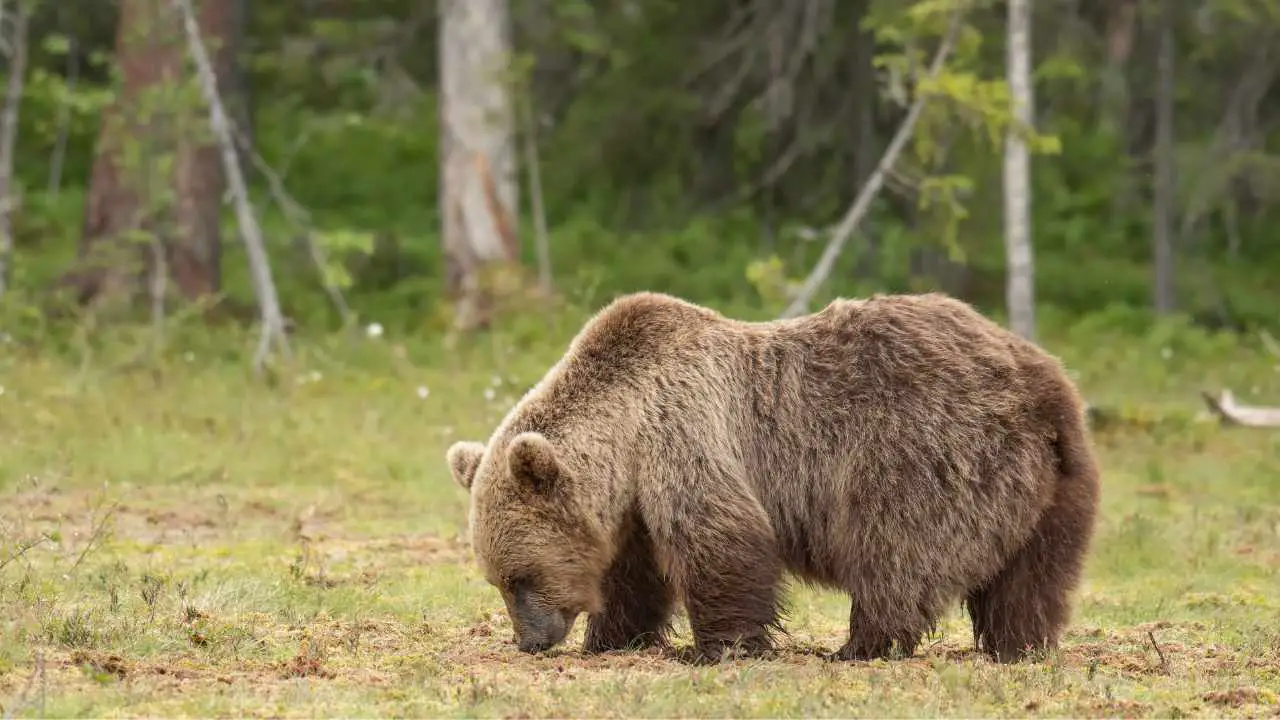
Grizzly bears are considered an “umbrella” species, meaning that conserving them effectively conserves whole ecosystems. The concept, coined in 1984, focuses on protecting a single species’ needs, which in turn protects multiple nearby species sharing the same habitats or ecosystems. Grizzly bears have large home ranges and use multiple habitats within a year, overlapping with many other species in the same landscape. By ensuring the survival of grizzly bears, other species with smaller individual home ranges or more specific habitat needs, such as amphibians and rodents, also benefit. Furthermore, grizzly bears are charismatic megafauna, meaning they are large animals that attract public interest, making it easier to build support for their protection. Research in the Canadian Rockies shows that at least 16 other large and medium-sized mammals, as well as plants, fish, songbirds, and insects, benefit from grizzly bears as an umbrella species. Grizzly bears contribute to their ecosystems by activities like unearthing roots and distributing seeds, making them integral to the health of various habitats.
Importance of Grizzly Bear Research for Conservation Science
Research on grizzly bears is crucial for conservation science. Humans negatively impact grizzly bear populations through direct mortality (like conflict or illegal killings associated with forestry roads) and displacement from high-quality habitats. A study in southeastern British Columbia highlighted the interplay between critical food resources like huckleberry patches and mortality risks from forestry roads. This research showed that both top-down (e.g., mortality risk) and bottom-up (e.g., food availability) influences are essential in understanding bear populations. The findings emphasize the importance of securing critical food resources and restricting human access to promote bear survival.
Evolving Perspectives in Wildlife Management

There has been a shift in wildlife management towards recognizing the importance of human dimensions in conservation. Understanding human-wildlife dynamics, including how people and wildlife share landscapes and the resulting conflicts, is crucial for effective conservation. This approach acknowledges that the extinction of species, changes in ecosystem structure, and loss of human life and property are often linked to human-wildlife conflicts. Engaging communities in research is essential for developing culturally-responsive conservation actions. This includes recognizing variations in socio-cultural, political, economic, and environmental factors across different communities. The field of conservation science is increasingly acknowledging that conservation problems are often social in nature, and that effective conservation requires community support. Involving people in scientific research and decision-making is critical for successful wildlife management.
In summary, grizzly bears play a pivotal role in maintaining ecosystem health and biodiversity. Research on them is vital for conservation science, as it helps in understanding complex human-wildlife dynamics and informs strategies for effective wildlife management and conservation.
Sources:
- “Why are grizzly bears called umbrella species?” – Yellowstone to Yukon Conservation Initiative: Link
- “Study reveals the most important considerations for grizzly bear conservation” – Phys.org: Link
- “Grizzly Bear Conservation” – The Wolf Center: Link
- “Conservation through connection: Approaches to engaging communities in applied grizzly bear research” – Frontiers: Link
- Grizzly Bear Recovery Program | U.S. Fish & Wildlife Service: Grizzly Bear Recovery Coordinator Program (www.fws.gov)
- Frontiers | Recovery of the Grizzly Bear at the Intersection of Law and Science:Recovery of the Grizzly Bear (www.frontiersin.org)
- Grizzly Biology & Behavior – Western Wildlife Outreach: Grizzly Biology & Behavior (westernwildlife.org)
- Grizzlies Around Yellowstone Are Entering A Big Squeeze – Mountain Journal: Grizzlies Around Yellowstone (mountainjournal.org)

